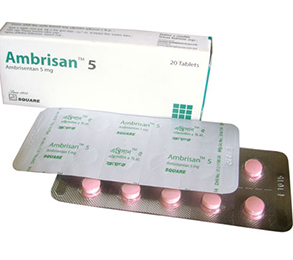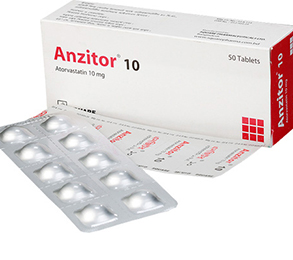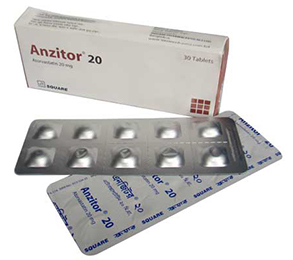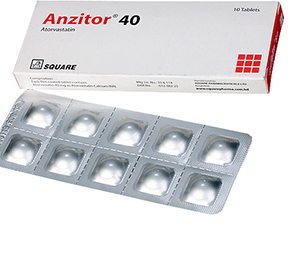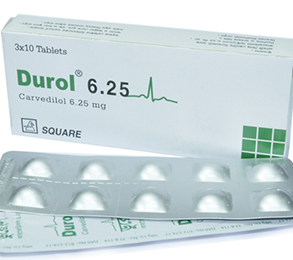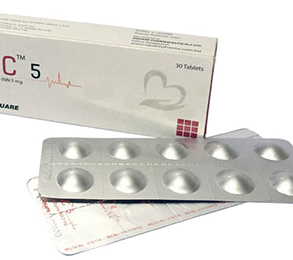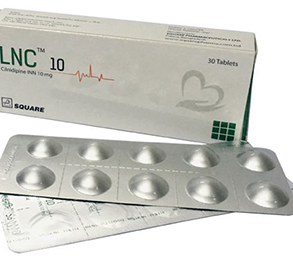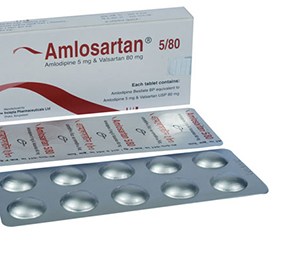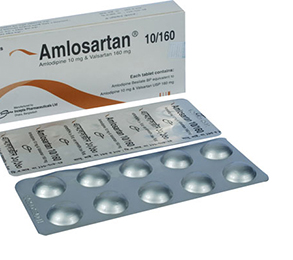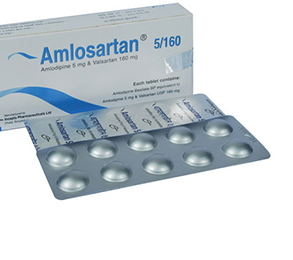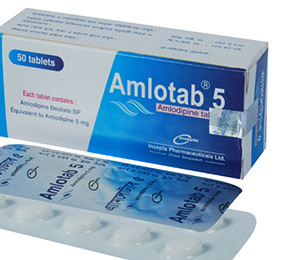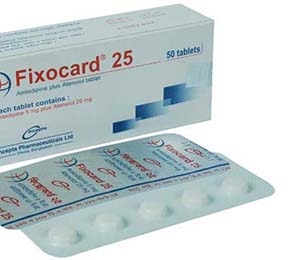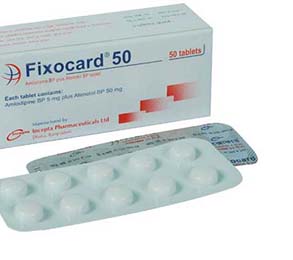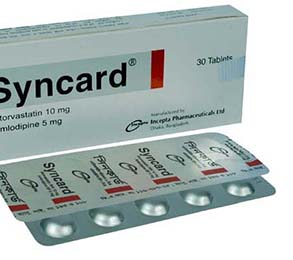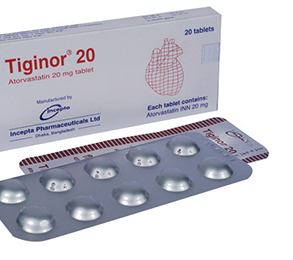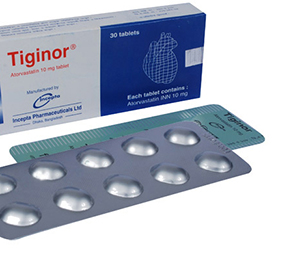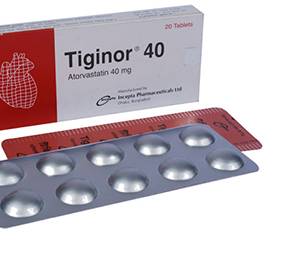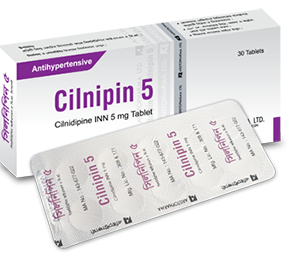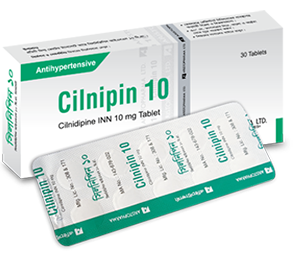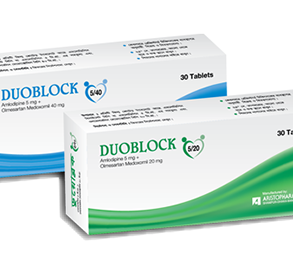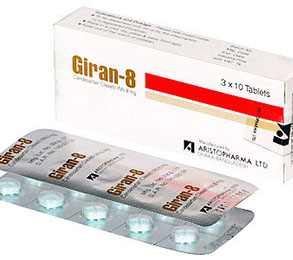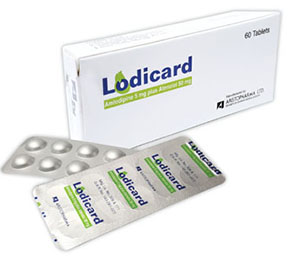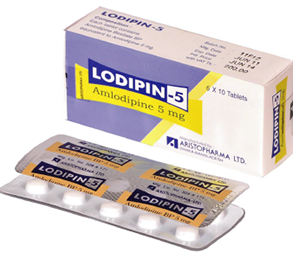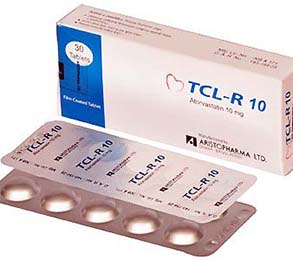Indapril 2 10 Pcs
Alternative products
Perindopril + Indapamide
Indications
Indapamide & Perindopril combination is indicated in essential hypertension.
Pharmacology
Perindopril is an ACE inhibitor, which acts by inhibiting the conversion of angiotensin I to angiotensin II, reducing the activity of the sympathetic nervous system and inhibiting enzyme kininase, which is involved in the conversion of bradykinin and other substances.
Indapamide is a sulfonamide derivative with an indole ring. It inhibits the reabsorption of sodium in the cortical dilution segment, thus increasing urinary output, resulting in an antihypertensive effect.
Dosage & Administration
2 mg perindopril / 0.625 mg indapamide is indicated for the initial treatment of mild to moderate essential hypertension.
4 mg perindopril / 1.25 mg indapamide and 8 mg perindopril / 2.5 mg indapamide) are indicated in the treatment of mild to moderate essential hypertension in patients for whom combination therapy is appropriate.
4 mg perindopril / 1.25 mg indapamide and 8 mg perindopril / 2.5 mg indapamide are not indicated for initial therapy. Patients in whom perindopril and indapamide are initiated simultaneously can develop symptomatic hypotension.
Patients should be titrated on the individual drugs. If the fixed combination represents the dosage determined by this titration, the use of (4 mg perindopril / 1.25 mg indapamide) and (8 mg perindopril / 2.5 mg indapamide) may prove to be more convenient in the management of patients. If during maintenance therapy dosage adjustment is necessary, it is advisable to use individual drugs
The safety and efficacy of perindopril / indapamide in renovascular hypertension and in congestive heart failure have not been established and therefore, their use in this condition is not recommended.
Geriatrics (> 65 years of age): Although the blood pressure response and safety profile of in patients >65 years old were comparable to those of the younger adult patients, greater sensitivity of some elderly patients cannot be ruled out.
Pediatrics: The safety and effectiveness of in children have not been established. Its use in this age group, therefore, is not recommended.
* চিকিৎসকের পরামর্শ মোতাবেক ঔষধ সেবন করুন'
Interaction
Increased risk of lithium toxicity. May cause and potentiate orthostatic hypotension when used with alcohol, barbiturates, neuroleptics, narcotics or other antihypertensives. Increased risk of acute renal insufficiency in dehydrated patients when used with systemic NSAIDs or high dose salicylates. May increase risk of hypoglycaemia in patients on concurrent treatment with hypoglycaemic sulfonamides/insulin. Concurrent use with baclofen may potentiate antihypertensive effect. May reduce antihypertensive effect when used with corticosteroids or tetracosactide. Increased risk of hyperkalaemia when used with potassium-sparing diuretics or potassium supplements. May increase hypotensive effect of certain anaesthetic drugs. Increased risk of leucopenia when used with allopurinol, immunosuppressants, procainamide or systemic corticosteoids. Additive hypotensive effect when used with other antihypertensives.
Contraindications
Absolute: Known allergy to perindopril Erbumine, indapamide, or sulfonamides; history of Quincke's edema linked to previous ACE inhibitor therapy; severe renal failure; serious liver disorder; hypokalemia; pregnancy; lactation.
Relative: Combination therapy with lithium, potassium salts, potassium-sparing diuretics, and certain medicines which can cause heart rhythm disorders.
Side Effects
Asthenia, dizziness, headache, mood swings and/or sleep disturbances, cramps, hypotension, allergic reactions, skin rashes, gastrointestinal disorders, dry cough, dry mouth, risk of dehydration in the elderly and in patients suffering from heart failure; changes in blood test results may occur.
Pregnancy & Lactation
There is positive evidence of human fetal risk based on adverse reaction data from investigational or marketing experience or studies in humans, but potential benefits may warrant use of the drug in pregnant women despite potential risks.
Animal reproduction studies have failed to demonstrate a risk to the fetus and there are no adequate and well-controlled studies in pregnant women OR Animal studies have shown an adverse effect, but adequate and well-controlled studies in pregnant women have failed to demonstrate a risk to the fetus in any trimester.
Precautions & Warnings
Disorders of electrolyte balance, diabetes, gout, hypotension, or strict sodium-free diets, heart or renal failure, atherosclerosis, renal artery stenosis, elderly.
Use in Special Populations
Renal failure:
- Creatinine clearance (CrCl) >30 ml/min: No dosage modification.
- Creatinine clearance (CrCl) <30 ml/min: Treatment contraindicated.
Overdose Effects
Symptoms include hypotension, nausea, vomiting, cramps, dizziness, sleepiness mental confusion, oliguria which may progress to anuria. Salt and water disturbances (low sodium levels, low potassium levels) may also occur. Gastric lavage or administration of activated charcoal may be used to remove the ingested drug. Monitor and maintain fluid and electrolyte balance.
Therapeutic Class
Combined antihypertensive preparations
Storage Conditions
Store below 30° C.
- Type Tablet
- Tag
- Morbi leo risus
- Porta ac consectetur ac
- Vestibulum at eros




